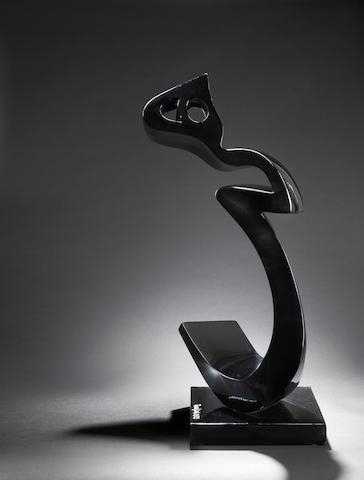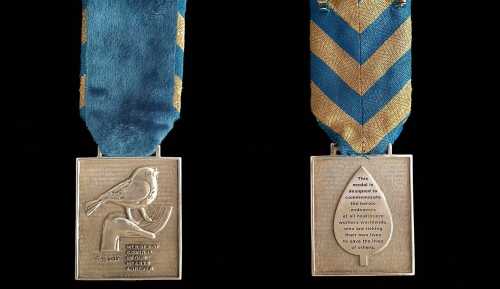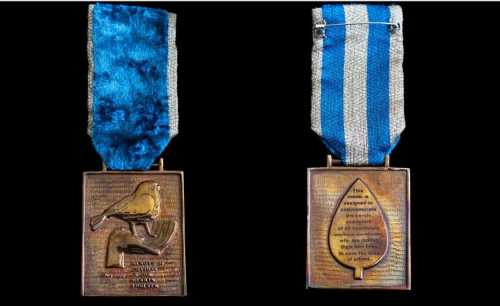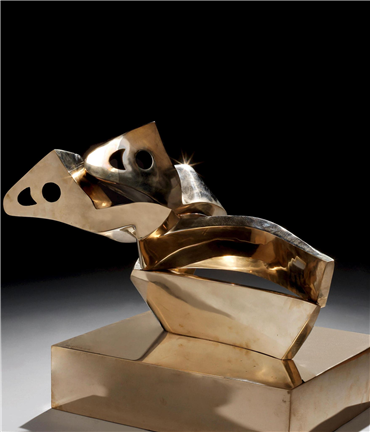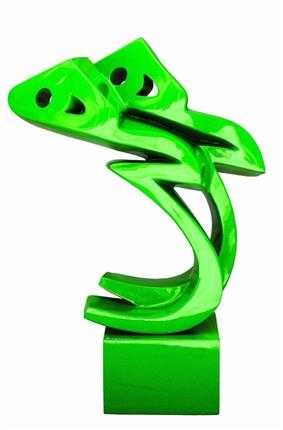- Heech 2006
- Fiberglass
- Sculpture
- 42 * 33.4 * 90 cm
- Editions: 25
- Edition No. 12
- Signed "Parviz" and dated "06/12/25" (lower right), number 12 from an edition of 25, executed in 2006
16 May 2023
Estimation
$15,000
-
$20,000
Realized Price
$63,000
260%
Auction Histories
Sell at
-
Auction House
26 April 2017
Realized Price
Artwork Description
The Father of Iran modern sculpture, Parviz Tanavoli was born in 1937 in Tehran, Iran. In 1955, Tanavoli was one of the very first students to enroll in the newly established Tehran School of Fine Arts. A few years later, he left Iran to further his education in sculpting at the Brera Academy of Milan. Tanavoli returned to Iran and established Atelier Kaboud, which became the birthplace of the most significant and avant-garde Iranian modern art movement, the Saqqakhaneh movement.
In 1965, Tanavoli created his first Heech sculpture. His signature Heech series is composed of three Farsi letters in the Persian calligraphy style of nastaliq. Tanavoli protested against the empty overuse of traditional forms by giving new depth to the two dimensional calligraphy on paper and transforming it into a three dimensional object. A pioneer of his practice, Tanavoli has produced numerous Heech sculptures in various mediums such as bronze, ceramic, fiberglass and neon and in many different shapes, sizes and colours to expose people with the concept of "nothingness".
This present sculpture of the Heech is a fine example of Tanavoli's use of fiberglass, a medium he embraced during his later work and through which he found great versatility in form and freedom of expression. To Tanavoli, the concept of nothingness has multiple layers of meanings and is not necessarily an expression of despair and hopelessness. One interpretation relates to Persian Sufism, in which nothing is an aspect of God, who creates everything from nothing. The other is that the physical shape of the word has an appealing volume and a life like form. This repetition of design in his oeuvre is also reflective of the traditional Islamic practice of repeating a craft in the quest for perfection.
Tanavoli's practice focuses on the intersection of both traditional Persian folk art and contemporary practices in a career spanning over six decades.
More lots by Parviz Tanavoli
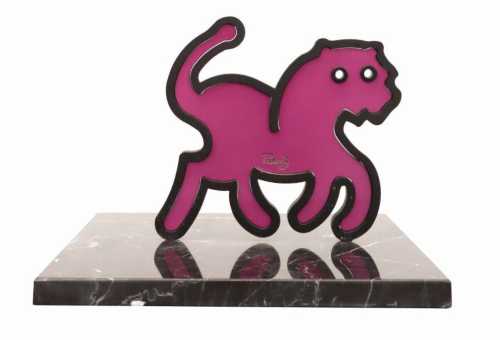
Untitled
Estimation
1,500,000,000﷼
2,481 USD
-
2,000,000,000﷼
3,309 USD
Realized Price
1,400,000,000﷼
2,316 USD
20%
Sell at
Sale Date
Smart Auction
-
2 August 2024
Realized Price
128,001 USD
Min Estimate
68,579 USD
Max Estimate
96,026 USD
Average Artwork Worth
+74.318%
Average Growth of Artwork Worth
Sales Performance Against Estimates
Average & Median Sold Lot Value
2021 - 2025
Performance vs. Estimate
2021 - 2025
Sell-through Rate
2021 - 2025
Similar Artworks
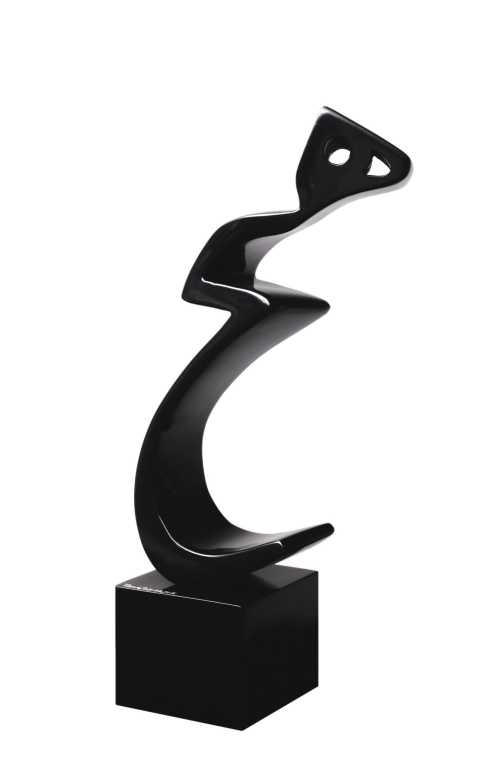
Black Heech
Estimation
60,000,000,000﷼
75,000 USD
-
70,000,000,000﷼
87,500 USD
Realized Price
66,000,000,000﷼
82,500 USD
1.538%
Sale Date
Tehran
-
22 May 2025
